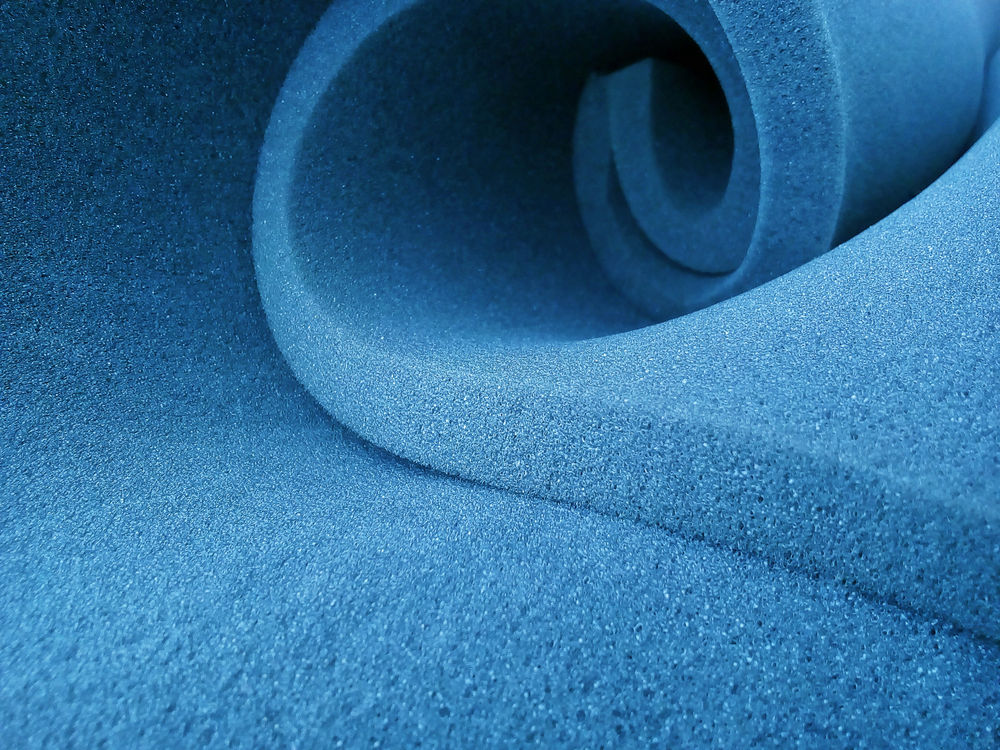Polymeric polyols are usually polyethers or polyesters. Polyether polyols are made by reacting epoxides like ethylene oxide or propylene oxide with the multifunctional initiator in the presence of a catalyst, often a strong base such as potassium hydroxide or a double metal cyanide catalyst such as the zinc hexacyanocobaltate-t-butanol complex.
Common polyether diols are polyethylene glycol, polypropylene glycol, and poly(tetramethylene ether) glycol. The examples shown below are fairly low molecular weight triols based on glycerin (a triol) being reacted with propylene oxide, ethylene oxide or a combination of. In reality, the chains would not be of equal length in any one molecule and there would be a distribution of molecular weight polyols within the material. Polyether polyols account for about 90% of the polymeric polyols used industrially; the balance consists of polyester polyols.
Another class of polymeric polyols are the polyesters. Polyesters are formed by condensation or step-growth polymerization of diols and dicarboxylic acids (or their derivatives), for example diethylene glycol reacting with phthalic acid. Alternatively, the hydroxyl group and the carboxylic acid (or their derivatives) may be within the same molecule, as in the case of caprolactone. The example below is an idealized structure that could be obtained by reacting pentaerythritol (a tetrol) with gamma-butyrolactone.
Polymeric Polyols
Please contact us for further product information.
The term ‘polyol’ describes compounds with hydroxyl groups which react with diisocyanates to produce polymers polyol with isocyanates to generate polyurethanes used to produce construction insulation panels, foam insulation for appliances (refrigerators and freezers), upholsteries, mattresses, elastomeric shoe soles, and adhesives and etc..


